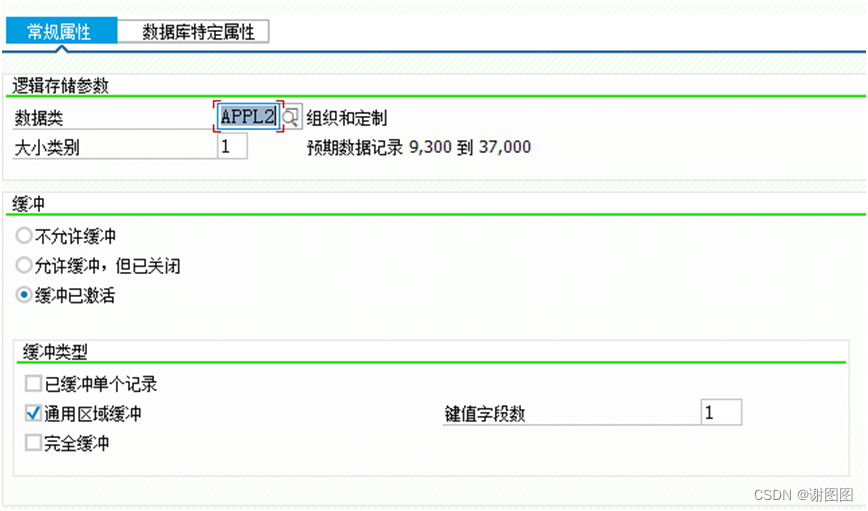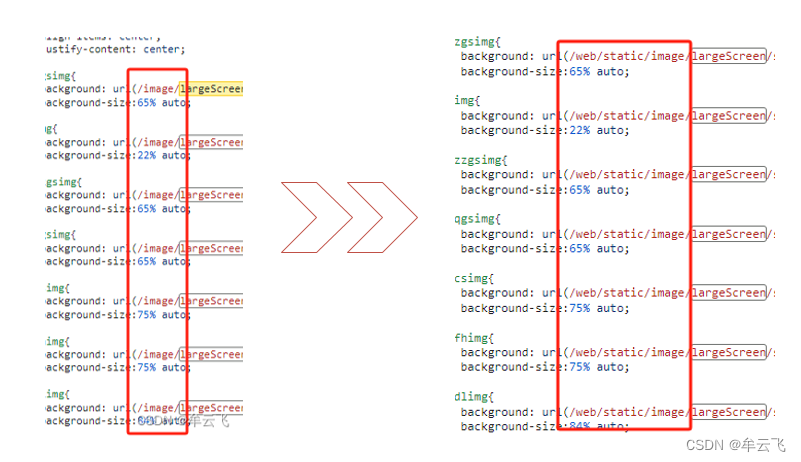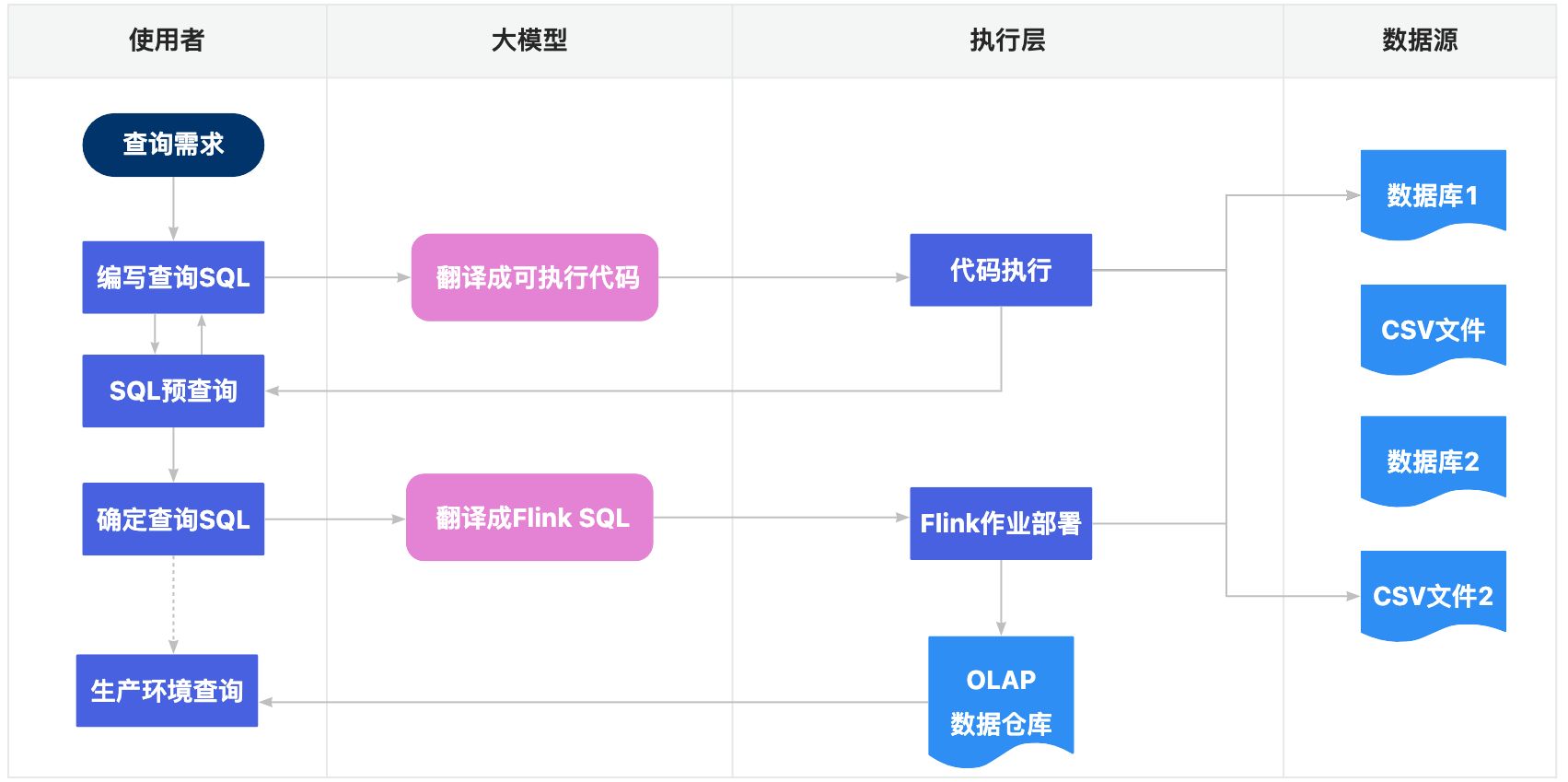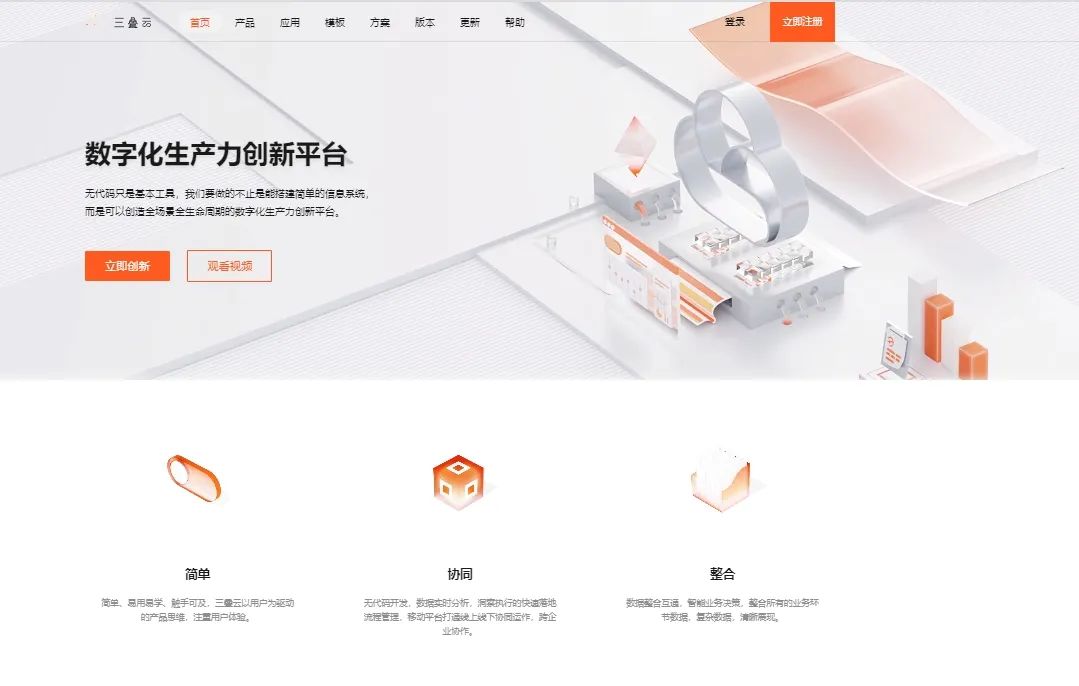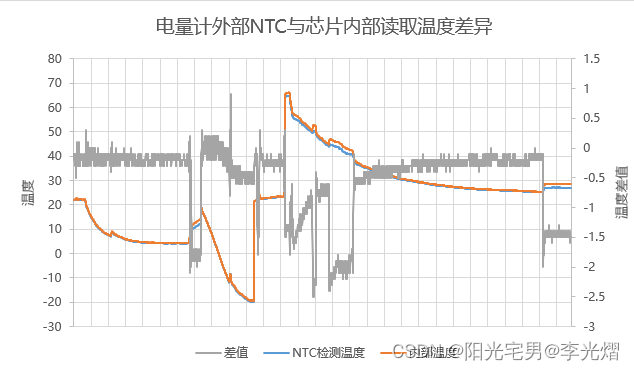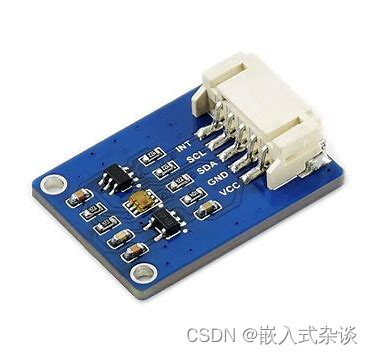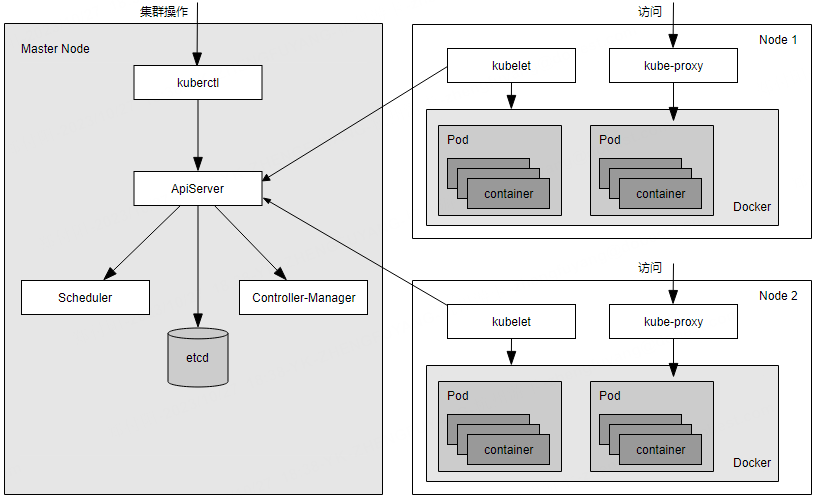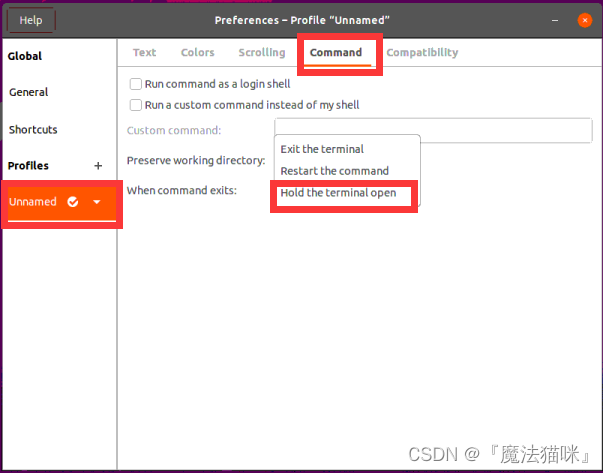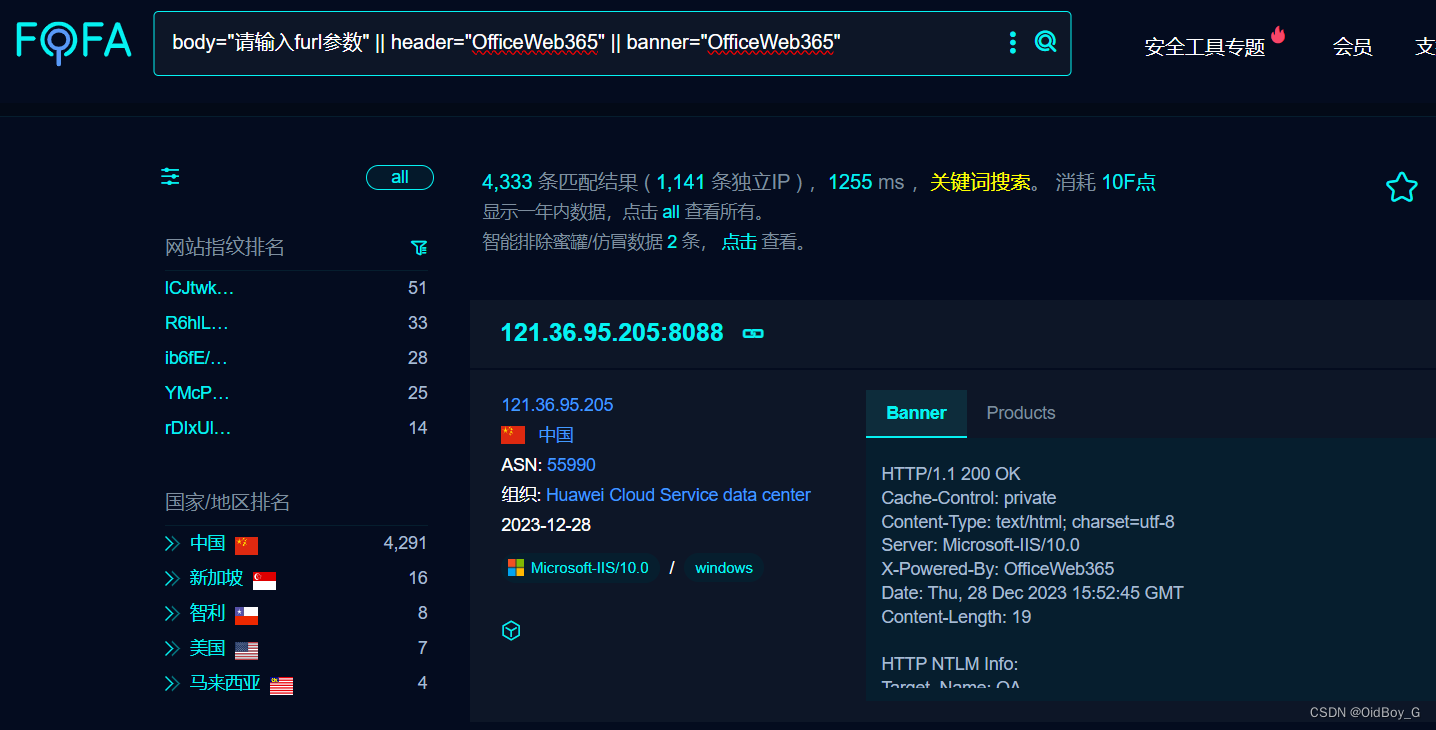本文描述了基于 Spring Oauth2 的 code 模式,实现登陆同时授权、自定义登录界面、登出页面的功能。
1.Maven依赖:
<parent> <groupId>org.springframework.boot</groupId> <artifactId>spring-boot-starter-parent</artifactId> <version>3.1.6</version> <relativePath/> </parent><dependency> <groupId>org.springframework.boot</groupId> <artifactId>spring-boot-starter-oauth2-authorization-server</artifactId> </dependency> <dependency> <groupId>org.springframework.boot</groupId> <artifactId>spring-boot-starter-security</artifactId> </dependency> <dependency> <groupId>org.springframework.boot</groupId> <artifactId>spring-boot-starter-web</artifactId> </dependency> <dependency> <groupId>org.springframework.boot</groupId> <artifactId>spring-boot-configuration-processor</artifactId> <optional>true</optional> </dependency> <!-- thymeleaf 模板引擎--> <dependency> <groupId>org.springframework.boot</groupId> <artifactId>spring-boot-starter-thymeleaf</artifactId> </dependency>
2.thymeleaf配置
在spring boot工程的application.yml配置文件中
spring: thymeleaf: prefix: classpath:/singleSign/ suffix: .html cache: false
3.登陆界面HTML
登录页面需要符合thymeleaf格式,不符合格式的不支持,在resources 目录下新建singleSign目录,在此目录下新建login.html(文件名不能乱命名,要跟下面的Controller、WebSecurity 相对应) 文件如下:
<!DOCTYPE html>
<html xmlns="http://www.w3.org/1999/xhtml" xmlns:th="http://www.thymeleaf.org">
<head>
<meta charset="UTF-8">
<title>欢迎来到单点登录平台</title>
</head>
<style>
.login-container {
margin: 50px;
width: 100%;
}
.form-container {
margin: 0px auto;
width: 50%;
text-align: center;
box-shadow: 1px 1px 10px #888888;
height: 300px;
padding: 5px;
}
input {
margin-top: 10px;
width: 350px;
height: 30px;
border-radius: 3px;
border: 1px #E9686B solid;
padding-left: 2px;
}
.btn {
width: 350px;
height: 35px;
line-height: 35px;
cursor: pointer;
margin-top: 20px;
border-radius: 3px;
background-color: #E9686B;
color: white;
border: none;
font-size: 15px;
}
.title{
margin-top: 5px;
font-size: 18px;
color: #E9686B;
}
</style>
<body>
<div class="login-container">
<div class="form-container">
<p class="title">欢迎来到单点登录平台</p>
<form name="loginForm" method="post" th:action="${login}">
<input type="text" name="username" placeholder="用户名"/>
<br>
<input type="password" name="password" placeholder="密码"/>
<br>
<button type="submit" class="btn">登 录</button>
</form>
<p style="color: red" th:if="${param.error}">用户名或密码错误</p>
</div>
</div>
</body>
</html>4.登陆界面Controller
import org.springframework.beans.factory.annotation.Autowired;
import org.springframework.security.oauth2.provider.AuthorizationRequest;
import org.springframework.stereotype.Controller;
import org.springframework.ui.Model;
import org.springframework.web.bind.annotation.GetMapping;
@Controller
public class BaseMainController {
@GetMapping("/login") // 设置登录页面的路由
public String loginPage() {
return "login"; // 返回视图名称,这里假设有一个名为"login"的模板文件(与login.html相对应)
}
}5.WebSecurity 配置
配置自定义登录、登出需要的参数
@Bean
@Order(2)
public SecurityFilterChain defaultSecurityFilterChain(HttpSecurity http)
throws Exception {
http
.authorizeHttpRequests((authorize) -> authorize
.requestMatchers("/oauth/**","/login/**","/logout/**")
.permitAll()
.anyRequest().authenticated()
)
//自定义登录页
.formLogin(formLogin->
formLogin.loginPage("/login") //登录页面
.loginProcessingUrl("/login").permitAll() //登录接口可以匿名访问
.defaultSuccessUrl("/our/page"))//登录成功访问的页面
.csrf().disable()
//自定义登出页
.logout(logout->
logout.
logoutUrl("/logout")
.addLogoutHandler(new MyLogoutHandler())//登出后的跳转页
.logoutSuccessUrl("/login")
.permitAll()
);
return http.build();
}配置登出跳转LogoutHandler ,为防止要跳转的页面网址有问题,需要对网址进行base64Encode后,以参数(名称:redirect_uris)的形式传进来
import jakarta.servlet.http.HttpServletRequest;
import jakarta.servlet.http.HttpServletResponse;
import org.authorization.util.EncryptUtils;
import org.springframework.security.core.Authentication;
import org.springframework.security.web.authentication.logout.LogoutHandler;
import org.springframework.stereotype.Component;
import java.io.IOException;
@Component
public class MyLogoutHandler implements LogoutHandler {
@Override
public void logout(HttpServletRequest request, HttpServletResponse response, Authentication authentication) {
try {
String url = request.getParameter("redirect_uris");
response.sendRedirect(EncryptUtils.base64Decode(url));//实现自定义重定向
} catch (IOException e) {
e.printStackTrace();
}
}
}6.自定义登录效果
访问登录URL:
http://127.0.0.1:80/auth/oauth2/authorize?client_id=XXXX&response_type=code&scope=openid&redirect_uri=https://www.baidu.com

7.自定义登出效果
对第6步中的登录URL进行base64Encode加密后,作为redirect_uris参数传入,访问:
http://127.0.0.1:80/auth/logout?redirect_uris=aHR0cDov....
后,系统会自动跳转到 第6步中的登录页。
